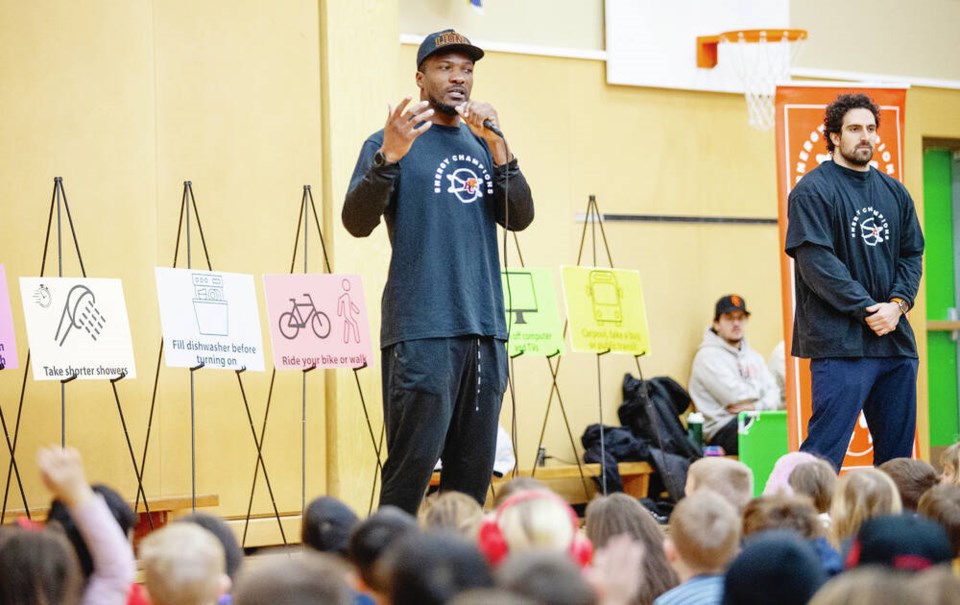A new attempt to measure corporate influence in Canada's public schools has found there are more than 50 oil and gas companies and their industry groups involved in shaping the way students learn about climate change.
The report, published Tuesday on commission from the climate advocacy groups For Our Kids and the Canadian Association of Physicians for the Environment (CAPE), found 39 oil and gas companies and 12 industry-tied organizations founded or provided funding to 34 educational institutions across the country.
Since the Industrial Revolution, burning oil and gas has been the primary driver of climate change on Earth. But according to the CAPE report, all the industry-funded curriculums omitted that fact.
“This is like a tobacco company teaching kids about health, or a fast food company teaching kids about good nutrition,” said CAPE president Melissa Lem. “There's a clear conflict of interest.”
The report, which was not peer-reviewed, found oil and gas companies sponsored teacher conferences and school activities, and funded several high-profile environmental education providers to produce materials for children in kindergarten through Grade 12.
The companies cited in the report include six of the Canada's largest oil and gas producers — Cenovus Energy (TSX:CVE), Suncor Energy (TSX:SU), Imperial Oil (TSX:IMO), Canadian Natural Resources (TSX:CNQ), ConocoPhillips (NYSE:COP) and MEG Energy (TSX:MEG) — who have banded together under the Pathways Alliance, as well as Enbridge Inc. (TSX:ENB), TC Energy (TSX:TRP) and FortisBC.
Of those companies, only FortisBC responded to BIV's requests for comment. In an emailed statement, a company spokesperson said the report's findings were partially based on outdated program materials.
The spokesperson added that FortisBC is helping lead B.C.'s energy transition, “including investing in energy efficiency and conservation programs.”
B.C. gas company curriculum sparks investigation
The research was initiated in 2022, after Lori Adamson, an emergency room physician and mother from Salmon Arm, B.C., found worksheets produced by the gas utility FortisBC in her son’s school bag.
Offered for free through the company's website, FortisBC developed the almost 30-module Energy Leaders curriculum in 2017 for elementary and high school students.
The first assignment Adamson’s son received was about solids, liquids and gases. One sorting activity used a set of cards showing a propane barbecue, natural gas stove and fireplace, an oil drum, and a gasoline pump. Other daily objects shown to students included milk, rain, maple syrup and an apple.
The lesson plan directed teachers to elicit other examples, like “water” or “gasoline to fuel cars and school buses” when it came to liquids, or “air” and “natural gas to heat homes or for gas stoves” for gases, the curriculum tells teachers.
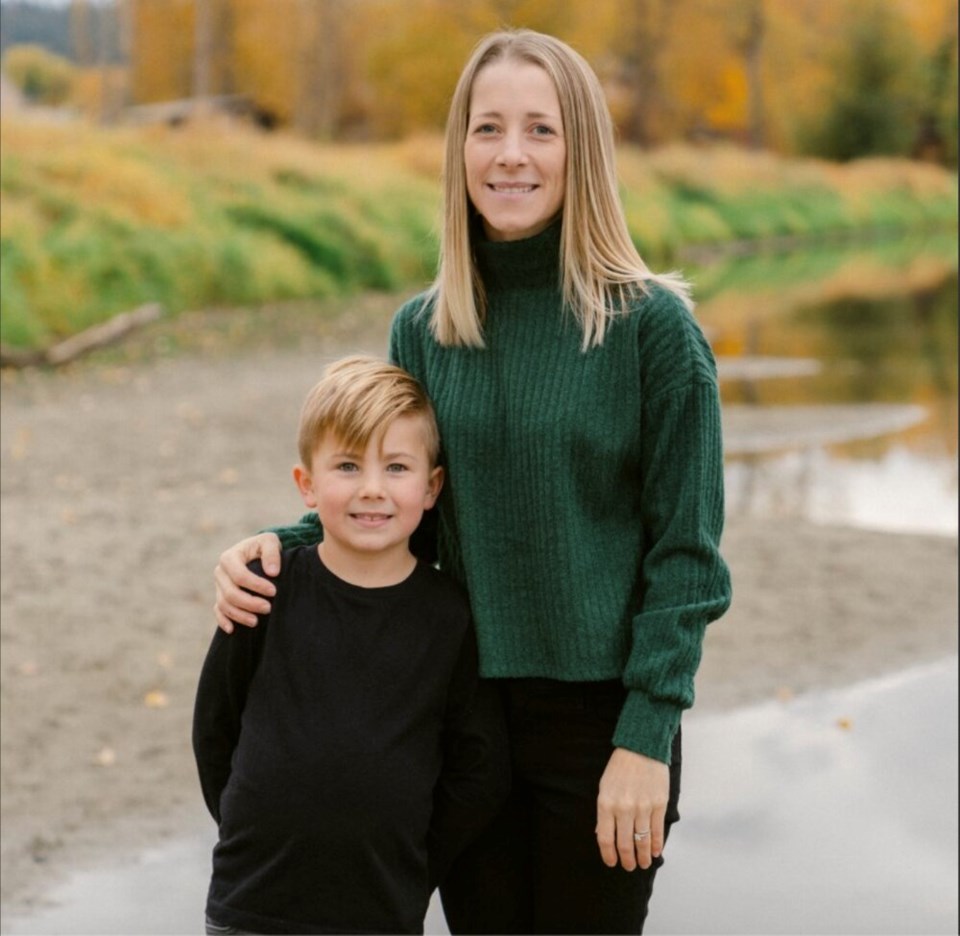
At the high school level, a background paragraph for a Grade 10 science lesson tells teachers “we still depend on fossil fuels” and natural gas “is the cleanest-burning fuel” of all. It leaves out the fact that natural gas is largely composed of methane, a greenhouse gas over 80 times more potent than carbon dioxide over its first 20 years in the atmosphere.
FortisBC removed the curriculum following news media reports that reflected Adamson’s concerns but not before parents and teachers had downloaded more than 35,500 lessons and activities from the Energy Leaders curriculum.
A spokesperson for the company confirmed the program was discontinued in 2022.
Oil and gas influence in education stretches back decades
Melissa Aronczyk, a Rutgers University researcher who has spent years tracking industry strategies to manipulate public and political conversations, said the oil and gas industry has been attempting to influence public education since at least the 1950s, when the American Petroleum Institute began placing materials in classrooms.
By 1979, a report from the U.S. Department of Energy showed thousands of industry-sponsored “energy education” materials for K-12 classrooms.
Aronczyk, who wasn’t involved in the CAPE report and does not endorse its findings, said oil and gas companies, chambers of commerce and public relations firms have developed co-ordinated strategies through trade associations to increase their influence and reduce individual liability.
“It’s pernicious and clearly propagandistic,” said Aronczyk.
At times, that messaging has been directed at children visiting the heart of Canada's oil industry. When Aronczyk visited Alberta's Oil Sands Discovery Centre in Fort McMurray, Alta., in 2012, she picked up Professor Nositall's Guide to the Oil Sands for Kids!
The cartoon character — which has a drop of oil for a head — guides children through a workbook that contains a pipeline maze and facts like “at 11˚C, bitumen is as hard as a hockey puck.”
Aronczyk said that kind of corporate messaging often targets young people because they have fewer “filters” to resist or question the messages they’re exposed to, especially in a classroom.

The CAPE report largely relies on public documents, often pulled from the websites of oil and gas companies or third-party groups that produce school curriculums across Canada.
Some of the educational groups were directly created by oil and gas companies — some decades ago — to provide alternative educational materials on the environment, energy and climate change.
The report points to the Society of Environment and Energy Development Studies Foundation, or SEEDS, founded in 1976 by Calgary Power Co. with backing from the Canadian Petroleum Association, the Independent Petroleum Association of Canada, and the Coal Association of Canada.
In 1982, Shell Canada backed the launch of SEEDS’ first Energy Literacy Series, something it claims was used by more than 1.5 million Canadian elementary and high school students over the next 15 years, the report says. A 1989 ad feature cited in the CAPE report notes teachers might see industry-produced educational material as propaganda. The solution: fund someone reputable to make it instead.
“It was out of this concept that the SEEDS Foundation was born,” notes the ad.
In 2014, the group changed its name to SEEDS Connections while expanding its curriculum offerings to climate change, conservation and water, the report says.
The report also points to Inside Education, another group founded by oil and gas companies and whose energy literacy program has found a large audience in schools across Canada.
In 2023 alone, the non-profit group had reached 24,961 students and hosted 417 teachers at their professional development programs, according to its own impact report.
Industry turning to third-parties to influence climate education
Increasingly, the most common way oil and gas companies are influencing climate education is through funding third-party providers, or having industry representatives sit on their boards, the CAPE report found.
Anne Keary, a historian hired to co-author the report, said some of the biggest recipients in this category included popular providers of educational materials like Let’s Talk Science, Ten Peaks and the charity Learning for Sustainable Future.
“It is in no way surprising that teachers, who have so many demands on their time, are turning to third-party providers,” Keary said.
Other groups — like Earth Rangers (backed by at least 13 fossil fuel companies), Ducks Unlimited (funded by Irving Oil), and Green Learning (which gets money from Enbridge and Suncor) — received funding from oil and gas companies but had no direct industry presence on their board, the report found.
Ministries of education in Saskatchewan and Alberta appear to be directly collaborating with oil and gas companies to shape school curriculums, found Keary and her co-author Jennifer Chesnut, an educational specialist in Ontario.
In B.C., the link that once sent parents and teachers to FortisBC’s Energy Leaders curriculum now redirects students to two other programs funded by the gas utility. One is the environmental education program Live It Earth; the other is Energy Champions, a program which has sponsored BC Lions professional football players to visit at least 80 classrooms across the province.
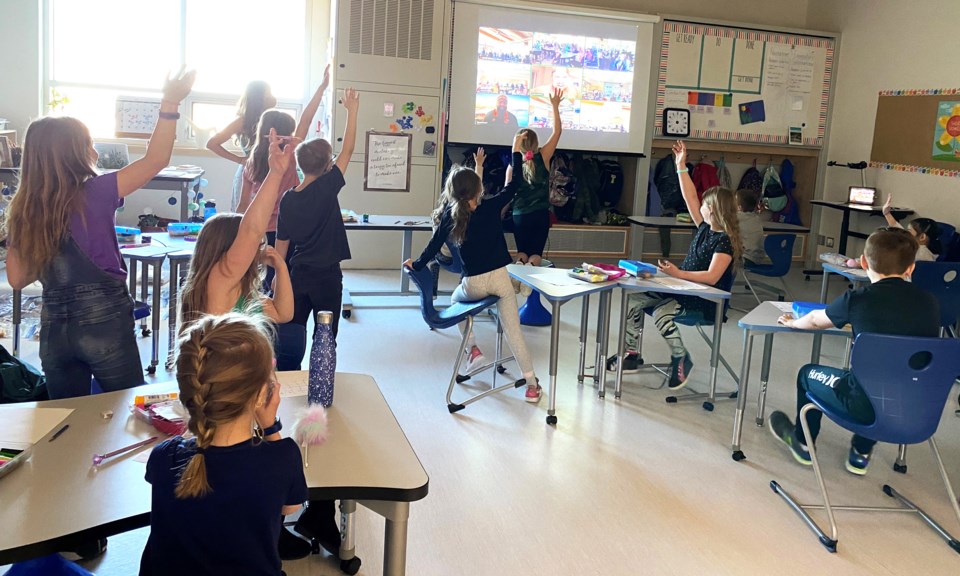
In school gymnasiums and classrooms spanning Delta, Vancouver, Fort St. John and Victoria, the gas-utility-sponsored football players show up with a number of large cardboard cutouts designed to get students — kindergarten through Grade 7 — thinking about their personal energy consumption decisions.
“Take shorter showers.”
“Use a refillable water bottle.”
“Turn down the heat.”
The program's messaging, which has been running since as early as 2010, has reached tens of thousands of students, according to one BC Lions webpage.
A video shot at a 2020 visit to a Surrey elementary school shows pop-up banners and T-shirts branded with a football-shaped planet capped with the BC Lions logo and orbited by the words “Energy Champions.” Above it sits FortisBC’s logo and tagline “Energy at work.”
“They show up with Fortis branded merchandise, or with Fortis-branded T-shirts and materials,” Lem said. “Even if they're not necessarily spewing misinformation or disinformation — like we saw all over the Energy Leaders curriculum — they're still promoting a fossil fuel company.”
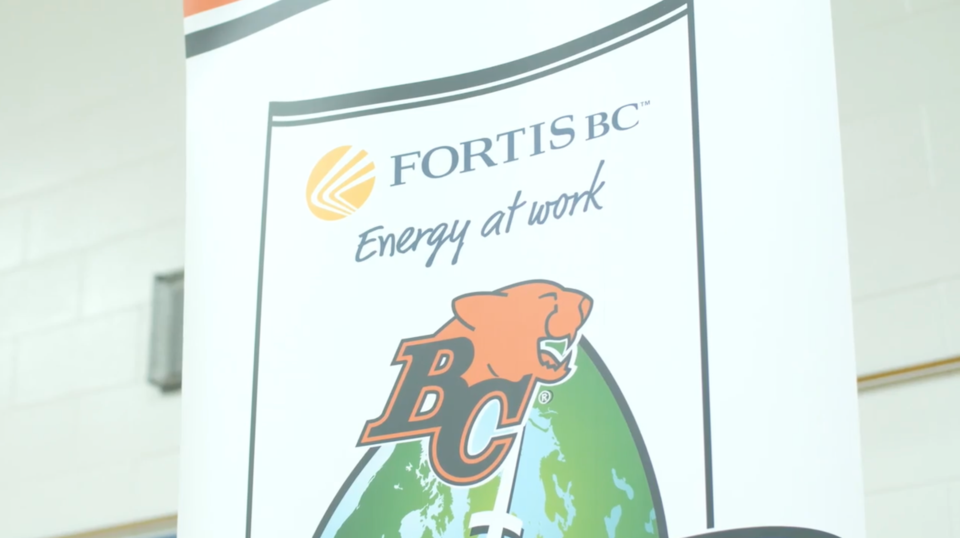
Keary said the message children are receiving is essentially “you too can act on climate change by turning off these light bulbs.” And in some ways, she said, that’s true.
“It seems like FortisBC is on board as part of the climate solution,” Keary said. “But the solutions that they are promoting to kids omit the big picture of the role of the fossil fuel industry.”
In response to the report, a spokesperson for FortisBC said the company had a legislated mandate to provide education programs to children. The current Energy Champions program does not reference FortisBC, added the spokesperson.
Aronczyk said she’s not surprised to see companies like FortisBC use professional athletes to spread its message, something that offers “incredible visibility” and “helps distract from the negative health and environmental effects” of fossil fuels.
“At this point, nearly every professional sport has been affected in some way by oil and gas company sponsorship,” said the researcher.
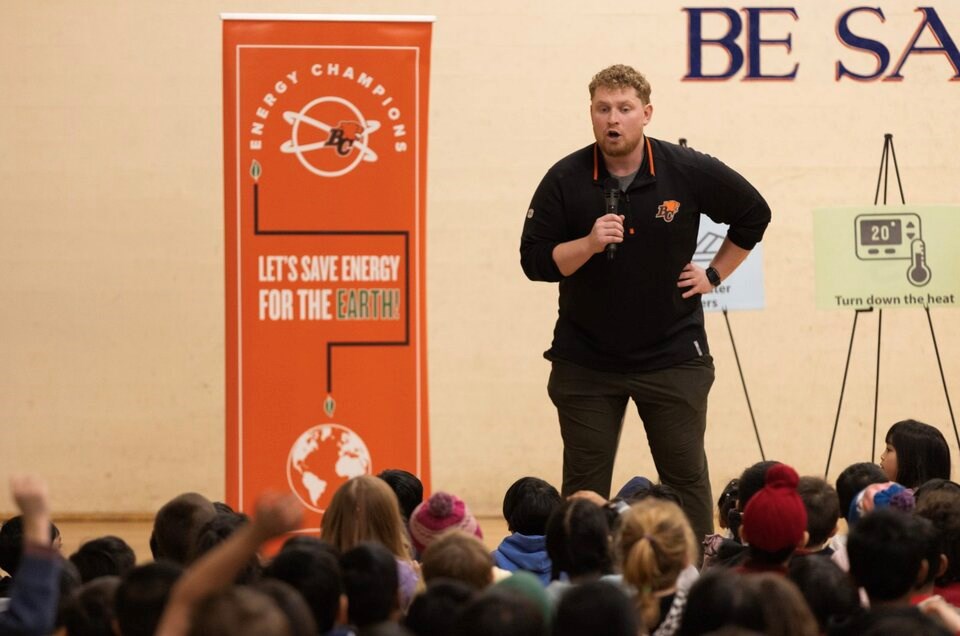
Oil and gas messaging playbook faces minimal opposition
To shift the conversation away from a full energy transition, Keary said industry-influenced curriculums tended to use a messaging playbook that emphasized local solutions. In other cases, the programs “greenwashed” products, representing natural gas as a “clean-burning” fuel, said the author.
That's despite studies in recent years that have found methane emissions from oil and gas production were being undercounted by 25 to 40 per cent, and that natural gas leaks could be making the fossil fuel a driver of climate change on par with burning coal.
Education programs backed by oil and gas companies also tended to emphasize technological fixes to climate change, like carbon capture and storage, that have yet to be proven at scale, the report said. And in many cases, lessons took a “bias-balanced” approach, which often casts aside established scientific facts as unreasonable, said Keary.
“They limit the imagination of the possible,” she said.
Some Canadian jurisdictions have tried pushing back against such messaging. After Dr. Adamson spoke up in 2022, more than 100 organizations, including the BC Teachers' Federation, sent letters to then B.C. Minister of Education Jennifer Whiteside, calling on her to ban fossil-fuel-sponsored curriculums from schools.
At the time, the ministry issued a statement saying it does not “recommend or authorize the use of resources like FortisBC’s Energy Leaders program” and that “we are reviewing this issue to ensure classrooms are free of corporate priorities, so students can continue to learn in an unbiased environment.”
But according to the CAPE report, Ontario remains the only province that requires high school students take a mandatory unit on climate change. Lem, the association's president, says that risks leaving millions of Canadian students without scientifically vetted facts they need to make informed decisions.
“Fossil fuel companies know they're the future decision-makers. They're the future voters. They're future potential workers in the industry. And so they're getting in on the ground level to make sure that they they continue to push their products,” Lem said.
“I didn't realize how deep and how far this influence on education went.”
Editor's note: This story was updated Feb. 19, 2025, with comments from FortisBC.
